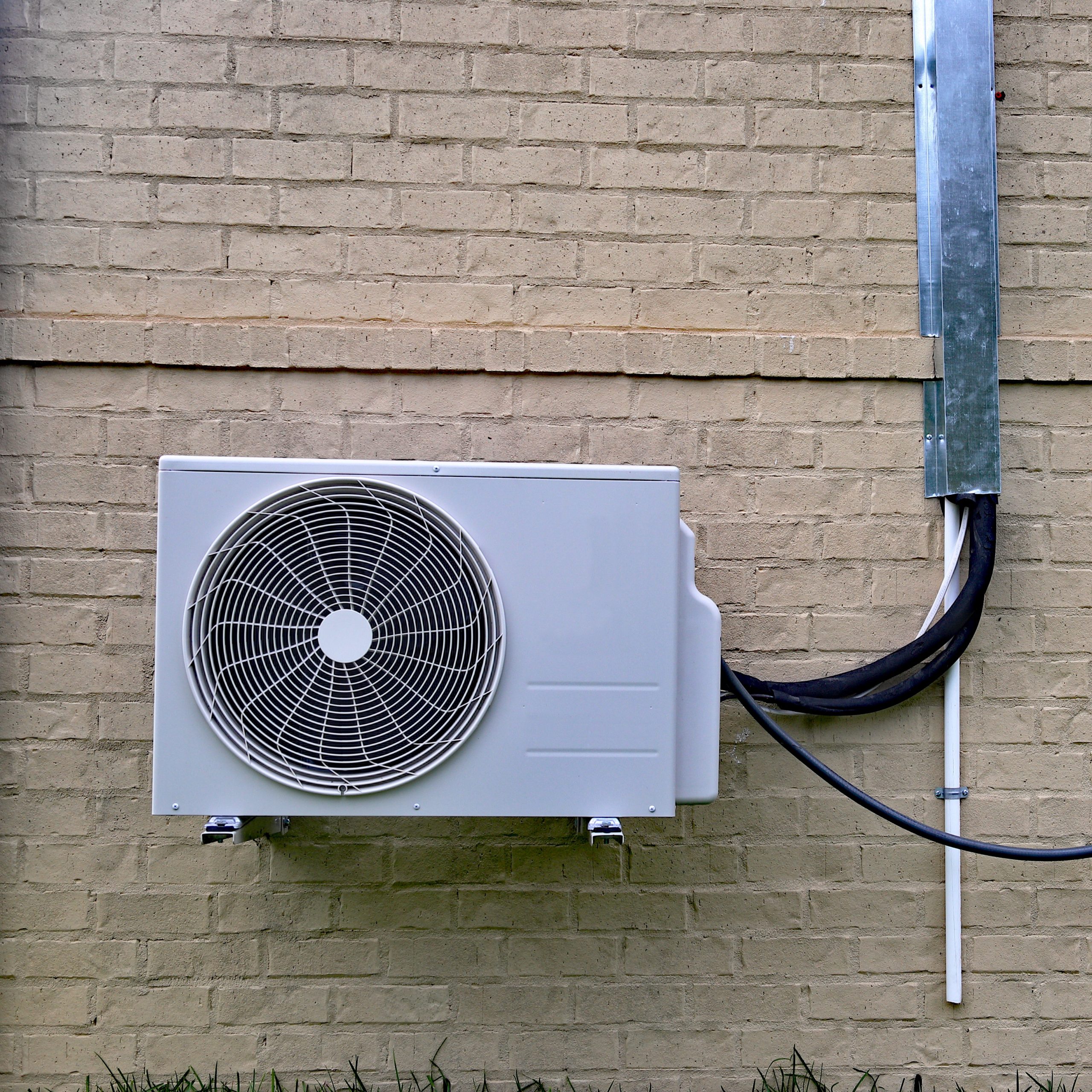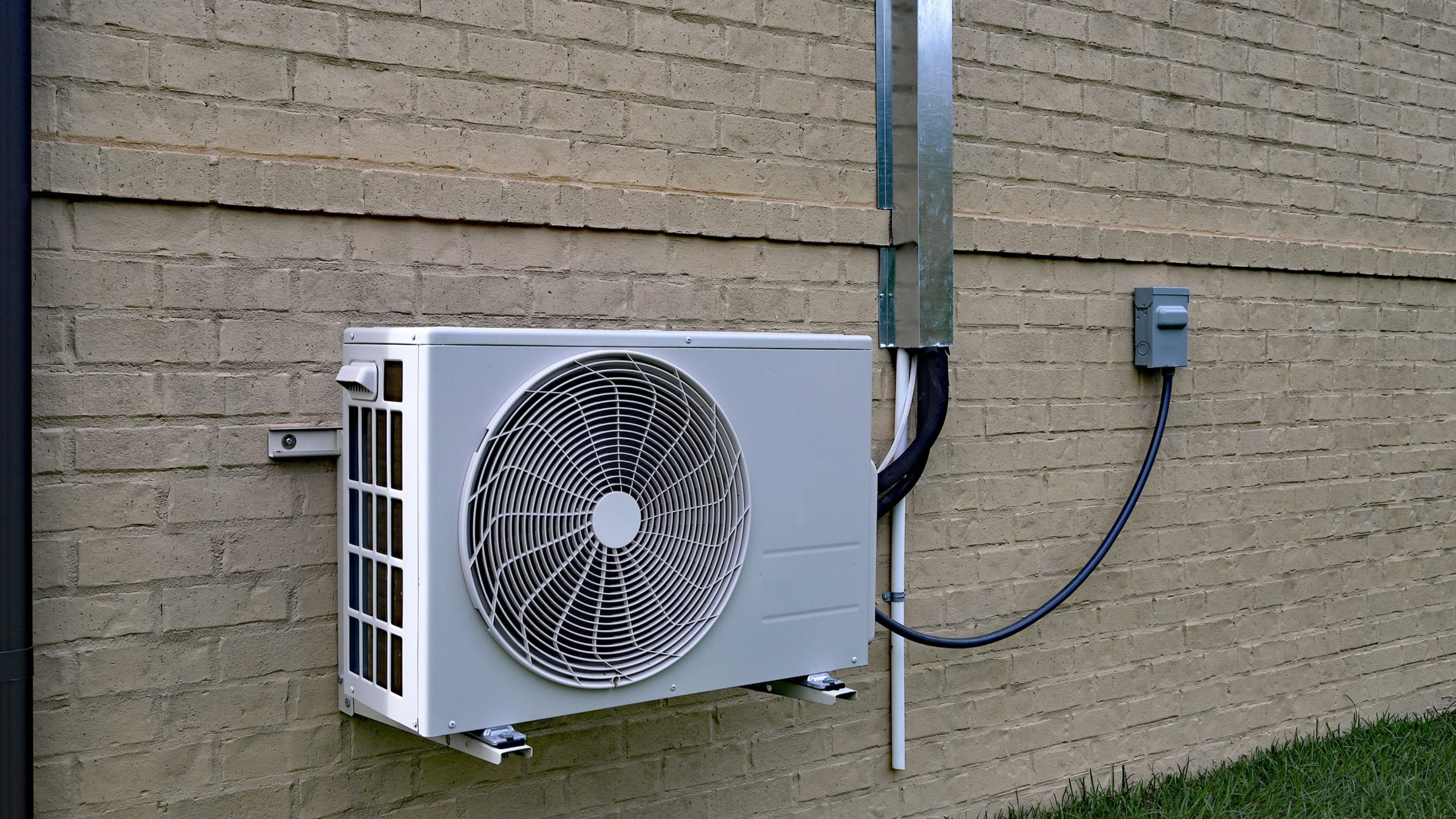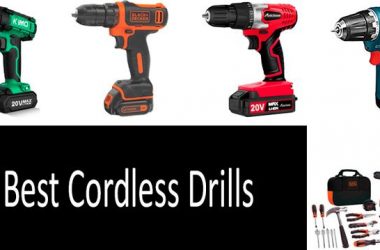Mini-splits are one of the most energy-efficient ways to heat and cool your home. But how do you ensure that your mini split system is running as efficiently as possible? To get the most out of your unit, here are 10 expert tips on how to run a mini split system.
1. Choose Your Location Wisely
When installing a mini split, choosing its location wisely is important. It’s best to place the unit in an area that gets plenty of natural sunlight during the day, such as near windows or skylights. This will help maximize the efficiency of your system by using free solar energy for heating or cooling purposes.

2. Insulate Your Home Properly
Proper insulation is essential to keep your conditioned or heated air where it belongs – inside your home! Make sure that all walls, floors, attics, and ducts are properly insulated so that you don’t lose conditioned air through leaks or cracks in your home’s structure.
3. Make sure you have enough units for the space
If you want to ensure that every room in your home is evenly cooled or heated, make sure you have enough units installed for the space you need to cover. Too few units can create cold spots throughout your home and cause them to overwork – leading to higher energy bills and increased maintenance costs in the future.
4. Regular maintenance is key
To keep your mini-split operating at maximum efficiency, regular maintenance is key! Make sure you clean or replace the filters every 6 months and have them inspected and serviced annually by a professional HVAC technician – this includes checking the refrigerant level and making sure all parts are working properly. This will help extend its life and ensure optimum performance year after year!
5. Use the right settings on the thermostat and remote control
There are many settings on both thermostats and remote controls for mini-splits – use them! Adjusting the temperature setting between 68°F (20°C) in winter and 78°F (26°C) in summer will help save energy without sacrificing indoor comfort, and will also help minimize stress on components such as compressors, which can significantly extend their life when used properly!
6. Keep vents clear of obstructions
To ensure the airflow from a mini-split system is efficient, make sure there’s nothing blocking the vents, such as furniture or curtains. If something is blocking them, move it away so that air can flow freely into any room without obstruction – this will help maximize efficiency and minimize noise levels!
7. Set a programmable thermostat
Programmable thermostats allow users to set temperatures at different times throughout the day according to their schedule – this helps save energy by not having constant heating/cooling running when nobody is home! They also offer more precise control than manual thermostats, so if desired, users can even adjust individual rooms independently according to their needs at any given time, saving money overall while still keeping everyone comfortable indoors no matter what the season is outside!
8. Change filters regularly
It’s important to change filters regularly because clogged filters reduce airflow, which increases the strain on systems, causing them to work harder than necessary – leading to higher electricity bills due to inefficient operating modes being used unnecessarily, which could have been avoided altogether if filters had been changed regularly instead of waiting for problems to occur before dealing with them! Furthermore, clogged filters also make indoor air quality worse due to their inability to absorb pollutants accurately, resulting in poor health conditions amongst those living within homes affected by such issues so always keep up with scheduled filter replacements every 3 months as recommended by the manufacturers themselves if not sooner depending on the environmental conditions present around particular areas within households needing to be effectively maintained over different time periods throughout the years gone by & yet to come!

9. Consider using zone controls to save energy
When installing multiple units for larger homes, consider using zone control systems that divide the space into separate sections allowing homeowners to customize level temperatures per area without having to adjust settings manually each time change needed to be made somewhere else other locations already established beforehand – this way not only energy is saved but the convenience factor is increased exponentially as the user doesn’t have to worry about adjusting constantly saving tons of effort & hassle whenever adjustments are required taken care of quickly!
10. Invest in Energy Star-rated models and check available tax credits
Lastly, invest in Energy Star-rated models when purchasing new mini splits; these provide the highest efficiency ratings meaning fewer electricity costs over lifetime usage compared to conventional non-rated models; combined with tax credits available in certain regions may even offset the initial price tags associated with units initially purchased thus enabling buyers to get maximum bang out of buck spent long term wise speaking!

